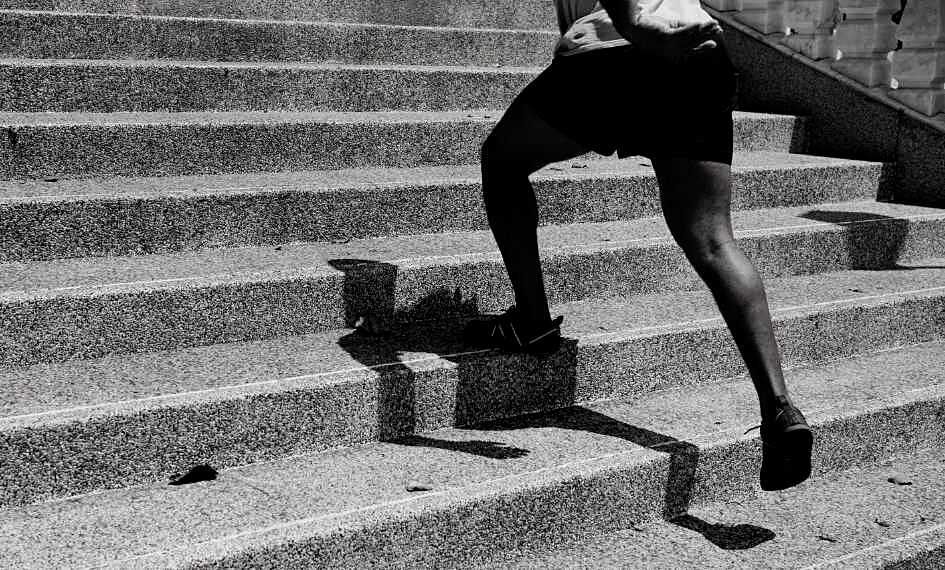Lockdown Running and Calf Injury
We love hearing about people getting out there and challenging themselves – running is free, right on your doorstep and can challenge us at any level. Like many others in my (middle aged) age group – I’ve started getting back into it, and I’m bringing the kids along with me. With this upsurge in running, we have noticed an increase in calf injury during this last month especially in middle aged and above male runners and athletes. So let’s shed some light on recent research on calf injury and some ideas around why this can happen.
With increased age calf injury risk increases
Let’s look at the good stuff…latest research shows running seems to be protective for the cartilage, reducing risk of knee Osteo Arthritis and improving knee health! Yay – this is great news! Running is NOT going to increase your chances of developing knee arthritis, and research has shown that you are most at risk from from knee OA if you are sedentary and in-active!
Bones aside, muscle and tendons can be a different story. The calf is complex and made up of two muscle groups (gastrocnemius and underneath the soleus) and have two predominantly different fibre type make ups respectively (fast twitch and slow twitch) that combine together to form the Achilles tendon.
A contributing factor of age and injury is we start to lose collagen in our tendon structures that leads to decreased tendon stiffness. So how does this impact us?
The effect of declining collagen
We like to have strong tendons, like a spring a stiffer tendon stores and releases more energy better. So when we have an Achilles that has more elongation (less spring like tension) this leads to more strain on the tendon and calf muscles making you more prone to injury.
Along with other important factors such as aerobic capacity, muscle function – strength, mass, cross sectional area, force production is gradually lost with age.
How to slow these changes
Reversing or slowing down these changes is key. Strong evidence indicates that heavy resistance training can increase both tendon and muscle strength. Lifting lower load can also increase strength of muscle but have much smaller effect on tendon stiffness.
Strength training over stretching
So what does heavy resistance look like? 70% of the maximum you can lift at any one time or a weight that can be lifted no more than 10 times. The load should be sufficient enough to fatigue by 6-10 reps.
Calf raises with straight legs for the gastrocnemius and with a bent knee for soleus. 3-4 sets of 6-10reps x 3 weekly.
If you are struggling with calf injuries give the strength work priority over stretching. If you would like personal consultation and rehab plan.
Research References
There are always more parts to the puzzle with calf injuries such as footwear, surfaces and terrain angles, balance, hip and knee strength that can all contribute as well. For a comprehensive and tailored rehab plan that is specific to you, call us to set up an online telehealth physiotherapy consultation.
Kinematic Characteristics of Male Runners With a History of Recurrent Calf Muscle Strain Injury. Bramah C, Preece SJ, Gill Niamh, Herrington L. Int J Sports Phys Ther. 2021 Jun 1;16(3):732-740
Calf muscle strain injuries in sport: a systematic review of risk factors for injury. Green B, Pizzari T. Br J Sports Med. 2017 Aug;51(16):1189-1194
Muscular Calf Injuries in Runners. Fields KB, Rigby MD. Curr Sports Med Rep. Sep-Oct 2016; 15(5):320-4.
Epidemiology of muscle injuries in professional football (soccer). Elstrand J, Hagglund M, Walden M. American Journal of Sports Med 2011; 39(6):1226-1232
